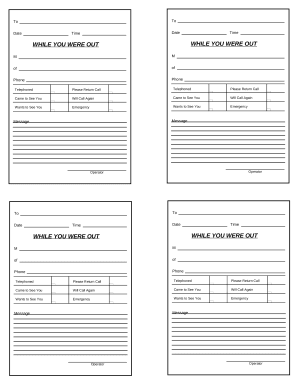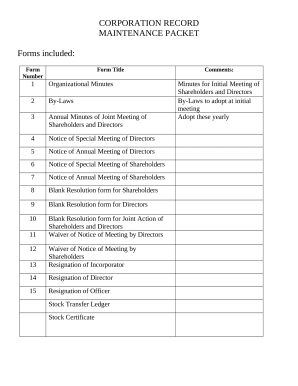







Papers managing takes up to half of your business hours. With DocHub, you can easily reclaim your office time and increase your team's efficiency. Access Record Keeping Forms online library and check out all form templates relevant to your day-to-day workflows.
Easily use Record Keeping Forms:
Improve your day-to-day file managing with our Record Keeping Forms. Get your free DocHub account right now to discover all templates.